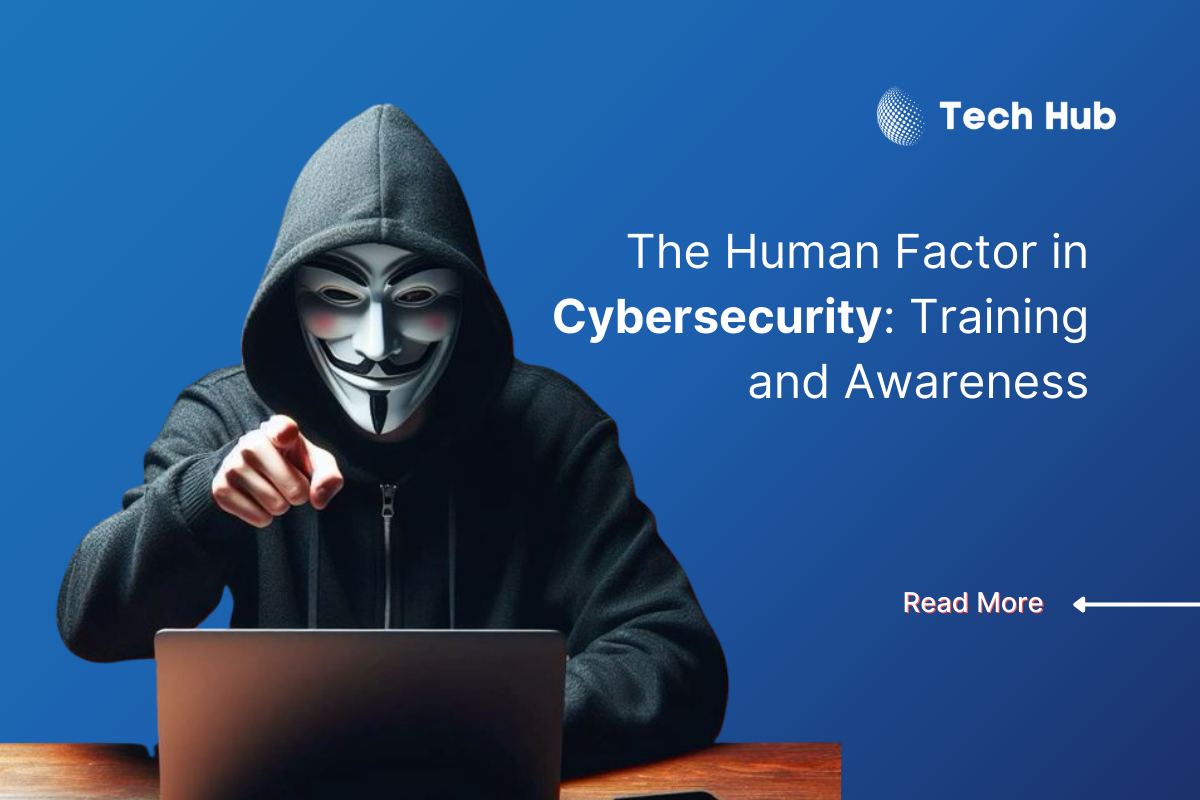
Understanding Human Factors in Cybersecurity
In the complex cybersecurity landscape, much attention is put on technology. Firewalls, antivirus software, and other such tools are quite necessary for strong defenses. However, even today, human psychology remains the weakest link in security. From top to bottom, employees either inadvertently create vulnerabilities or become a target for cyber attacks.
- The Psychology of Cybercrime: Cybercriminals manipulate human psychology to gain unauthorized access to systems and data. Tricks like social engineering methods, such as phishing, pretexting, and baiting, are specifically aimed at fooling people to either reveal sensitive information or conduct some action that will lead to the compromise of security. Ability to understand these tactics is very key to developing effective countermeasures.
For example, phishing involves sending emails that are fraudulent and in disguise. It intends to trick recipients into opening attached files with malware or even clicking on malicious links. Pretexting presents an elaborate scenario whereby attackers gain trust and extract information. Baiting is a strategy that makes users compromise their security, luring them with offers that seem innocuous. Comprehending these methods, therefore, puts organizations in better positions to implement employee education and training programs that recognize such threats and respond accordingly.
- Common Human Errors: Even with the best of intentions, employees make mistakes that might give hackers the chance for exploitation. The most common human errors are clicking on malicious links, password reuse, and not updating software. These little acts of negligence can have a very serious impact.
For instance, using the same password for various accounts may be risky if one of them is compromised. In this respect, password managers can generate and store robust, unique passwords. Additionally, enabling multi-factor authentication provides a certain level of additional security with requirements for multiple forms of verification.
The Importance of Employee Training and Awareness
Investing in comprehensive employee training and awareness programs is essential for mitigating human risk. By equipping employees with the knowledge and skills to recognize and respond to threats, organizations can significantly strengthen their cybersecurity posture.
- Tailored Training Programs: Effective training programs should be tailored to the specific needs of different employee roles and responsibilities. For example, IT staff may require in-depth technical training on security protocols and incident response, while general employees need a strong foundation in cybersecurity fundamentals.
A role-based approach ensures that training is relevant and impactful. By aligning training content with employees’ daily tasks, organizations can enhance knowledge retention and practical application. For instance, employees handling financial data might receive training on identifying fraudulent transactions, while those in human resources could focus on protecting sensitive employee information.
- Building a Culture of Security: Creating a security-conscious culture is essential for fostering a proactive approach to cybersecurity. By emphasizing the importance of security at all levels of the organization, employees are more likely to adopt security best practices as part of their daily routines.
A strong security culture is built on open communication, collaboration, and shared responsibility. Encouraging employees to report suspicious activities without fear of reprisal is crucial. Implementing reward systems for identifying potential security threats can further incentivize employees to be vigilant.
Best Practices for Implementing Training and Awareness Programs
To maximize the impact of cybersecurity training and awareness initiatives, consider the following best practices:
- Regular and Ongoing Training: Continuous education is essential to keep employees updated on the latest threats and best practices.
- Phishing Simulations: Conduct simulated phishing attacks to assess employee awareness and reinforce training. Regular phishing simulations can help employees develop a keen eye for identifying fraudulent emails.
- Security Awareness Campaigns: Create engaging campaigns to promote security best practices and raise awareness about emerging threats. Using storytelling, gamification, and interactive elements can make training more effective and enjoyable.
- Incentivize Good Behavior: Recognize and reward employees for demonstrating strong security practices. Publicly acknowledging employees who exhibit exemplary security behavior can inspire others to follow suit.
- Measure and Evaluate: Track key performance indicators (KPIs) to assess the effectiveness of training programs. Metrics such as phishing click rates, reported security incidents, and time to incident response can provide valuable insights.
Overcoming Challenges in Cybersecurity Training
Implementing effective cybersecurity training programs can be challenging. Overcoming resistance to training, balancing training with productivity, and measuring training effectiveness are common hurdles. To address these challenges, organizations should focus on clear communication, engaging training methodologies, and data-driven evaluation.
To overcome resistance to training, it is essential to communicate the importance of cybersecurity in clear and understandable terms. Emphasizing the potential consequences of security breaches, such as financial loss, reputational damage, and legal liabilities, can help to motivate employees. Additionally, making training accessible and convenient can increase participation.
Measuring the Impact of Training
To assess the effectiveness of cybersecurity training programs, organizations should implement key performance indicators (KPIs) to measure improvements in security awareness and behavior. These metrics can include:
- Reduction in phishing click rates
- Number of reported security incidents
- Time to detect and respond to security incidents
- Employee satisfaction with training programs
- Return on investment (ROI) of training programs
By tracking these metrics, organizations can identify areas for improvement, demonstrate the value of training to stakeholders, and optimize training programs for maximum impact.
conclusion:
The human factor is a critical component of cybersecurity. By investing in comprehensive employee training and awareness programs, organizations can significantly enhance their resilience against cyber threats. A security-conscious culture, coupled with effective training, is essential for protecting sensitive information and mitigating the risk of data breaches.
